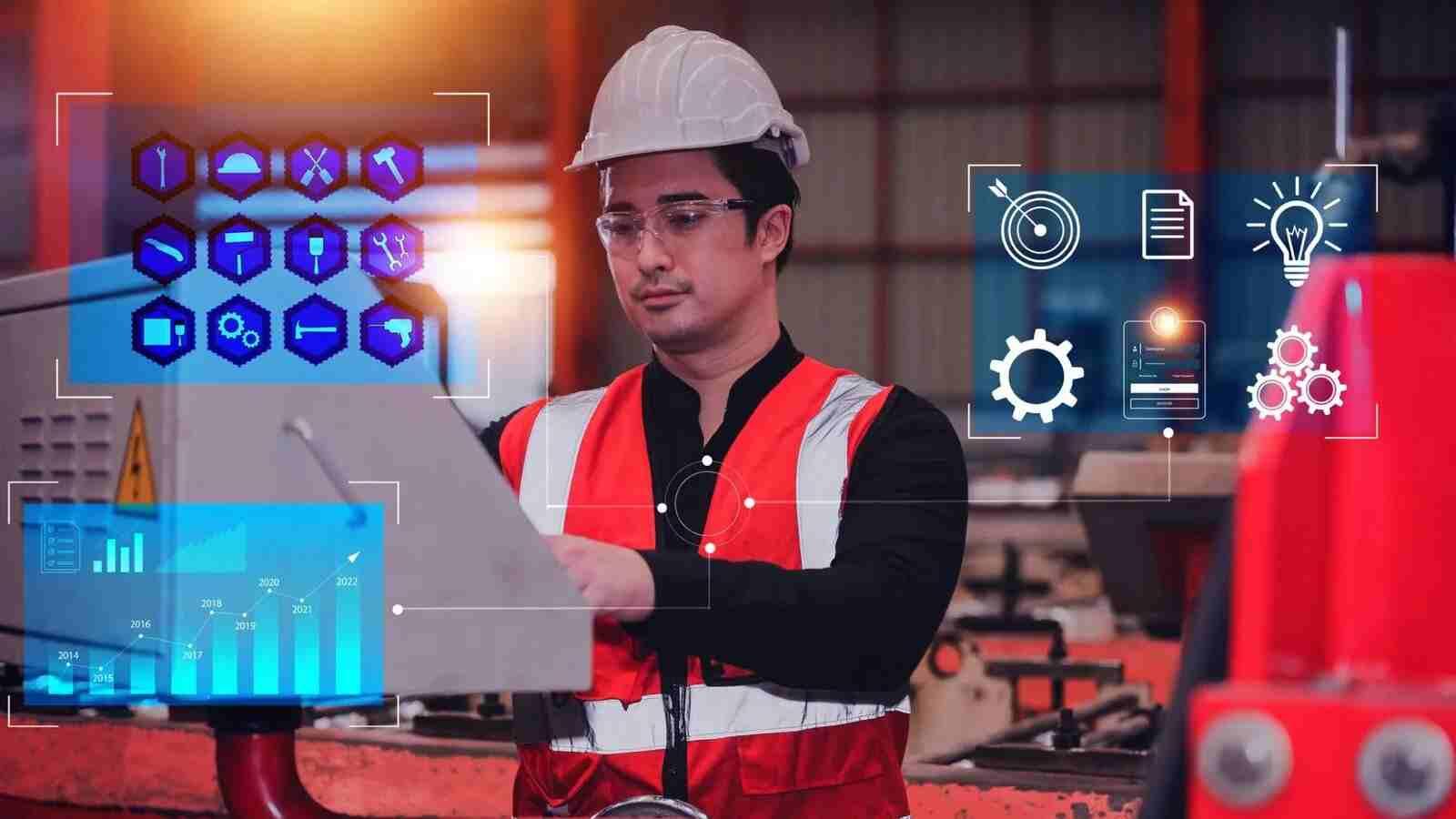The construction industry stands at a crossroads, facing one of its most significant challenges in decades: a persistent labor shortage. As infrastructure demands grow and project timelines tighten, the shortage of skilled workers threatens productivity and profitability. Fixing the Labor Shortage in Construction has become a critical priority for contractors, developers, and policymakers. By blending hard skills with smart technologies, companies are discovering innovative ways to address workforce gaps, streamline operations, and attract new talent to an industry that powers global growth.
Introduction to Fixing the Labor Shortage in Construction
The shortage of skilled labor in construction has reached critical levels, impacting the delivery of projects worldwide. Industry growth and rising demand for infrastructure require a robust workforce, but factors like aging professionals, limited training pipelines, and changing workforce preferences have led to significant challenges. Businesses are now adopting innovative solutions that combine workforce development with technology-driven efficiency to close this widening gap.
Understanding the Causes Behind the Labor Gap
Several factors contribute to the shortage, including an aging workforce, declining interest in trades among younger generations, and the perception of construction as a physically demanding, low-tech field. Economic shifts, pandemic-related disruptions, and increasing competition for skilled workers have only deepened the problem, creating an urgent need for transformation.
The Importance of Upskilling and Training Programs
Upskilling existing workers and creating clear career pathways are essential to solving workforce shortages. Vocational training, apprenticeship programs, and collaboration with educational institutions can equip workers with the hard skills required to meet today’s complex construction demands. These programs also help close the gap between traditional trade skills and modern technology integration.
Leveraging Smart Technologies to Boost Productivity
Advanced technologies such as Building Information Modeling (BIM), AI-driven project management, and digital twin solutions are transforming how construction projects are planned and executed. By streamlining workflows and reducing inefficiencies, these tools allow companies to maximize output with fewer workers, helping mitigate labor constraints without compromising quality.
The Role of Automation and Robotics in Construction
Automation and robotics are no longer future concepts; they are revolutionizing construction sites today. From autonomous equipment to 3D printing and robotic bricklaying, these innovations reduce dependency on manual labor while enhancing precision and safety. Integrating robotics helps balance the workforce shortage by enabling companies to achieve more with less.
Attracting a Younger Workforce to Revitalize the Industry
Engaging the next generation is crucial in fixing the labor shortage in construction. Companies must rebrand the industry as innovative, tech-driven, and rewarding to attract young talent. Initiatives such as outreach programs, internships, and showcasing modern technologies help dispel outdated stereotypes and highlight opportunities for growth and advancement.
Addressing Safety, Sustainability, and Work Culture
Improving workplace safety, promoting sustainability, and fostering a positive work culture are key to retaining skilled professionals. Modern construction workers are looking for more than just a paycheck; they value purpose, career development, and work environments that prioritize their well-being. Companies investing in these areas gain a competitive edge in attracting and retaining talent.
Public-Private Partnerships for Workforce Development
Collaboration between governments, industry leaders, and educational institutions is essential to solving long-term labor shortages. Incentivizing training programs, funding apprenticeships, and creating pathways to employment will strengthen the talent pipeline and ensure a steady flow of qualified workers for future projects.
The Future of Construction with Integrated Tech and Skills
The integration of hard skills with smart technologies represents the future of construction. As automation, AI, and digital platforms become more widespread, the workforce must evolve alongside them. By embracing innovation and prioritizing skill development, the industry can overcome its workforce challenges and thrive in an increasingly digital world.
For More Info https://bi-journal.com/fixing-the-labor-shortage-in-construction/
Conclusion
Fixing the Labor Shortage in Construction requires a multi-faceted approach that combines workforce training, technology integration, and cultural transformation. By investing in hard skills, embracing automation, and attracting younger talent, the industry can close the labor gap and build a stronger, more resilient future. Organizations that act now will position themselves as leaders in shaping a sustainable and innovative construction landscape.

